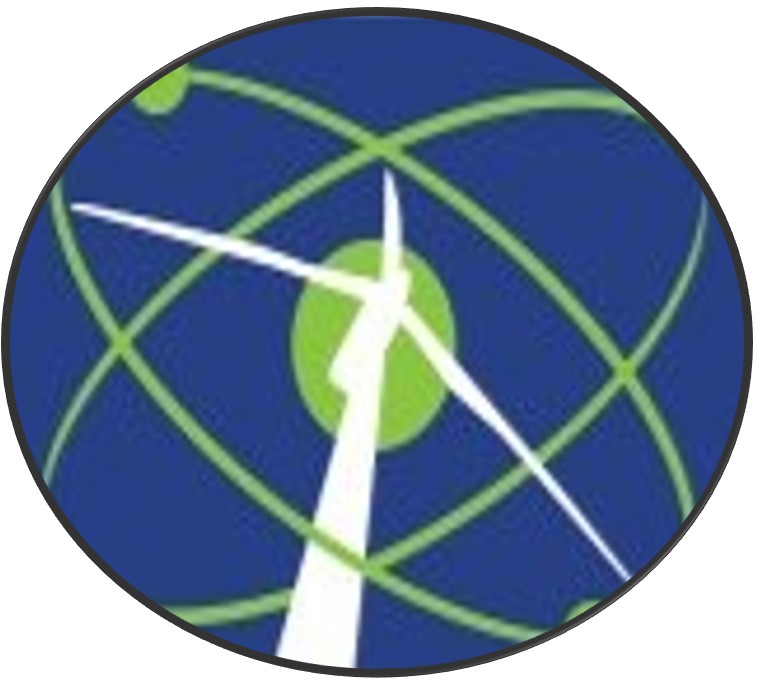Coatings and Liners for Hydrogen Service Pipelines
The purpose of this report is to review potential coating and liner technologies, and identify the need for standards[1]based solutions to support their use on hydrogen and hydrogen/natural gas pipeline systems. This report provides a comprehensive review of potential coating and liner technologies for hydrogen pipeline and equipment, as well as the relevant standards, codes, best practices and regulations. In addition to protecting pipeline infrastructure from corrosion and mechanical damage, coatings and liners could potentially help mitigate the technical challenges posed by gaseous hydrogen and new technologies used in hydrogen service pipelines.
These challenges include gaseous hydrogen embrittlement (HE), low energy transportation efficiency, repurposing existing natural gas pipelines for hydrogen service, blending hydrogen into natural gas pipelines, and the side effects of HE inhibitors. Some existing and emerging technologies for hydrogen pipeline coatings and liners include polymer, metal, ceramic and composite systems, which may be able to address the challenges mentioned above.
• Polymer: Polyethylene (PE) and epoxy resin are the most widely used coating and liner systems in natural gas pipelines, and can withstand typical operating conditions of a hydrogen pipeline. Commercial flow efficiency epoxy coatings are most likely applicable to hydrogen pipelines. Polyvinyl alcohol (PVA) and polyvinylidene chloride (PVDC) show good hydrogen barrier performance, but ease of application and chemical resistance need to be improved
.• Metal: Nickel, zinc, copper, aluminum and stainless steel may be expected to perform effectively as a hydrogen barrier coating due to low permeability and maturity of application methods.
• Ceramic: Oxides and nitrides may show efficient hydrogen barrier performance, but their use in hydrogen pipelines is restricted by their brittle nature and challenges in scaling-up. Black oxide and vitreous coatings can be applied to large pipeline structures.
• Composite: Fiber reinforced polymers (FRP) and spiral interlocking pipes have been used for hydrogen service pipelines. Their performance attributes for hydrogen permeation, mechanical strength, flow efficiency and corrosion resistance depend on the material selected for individual layers and their fabrication methods.
For external coatings on hydrogen pipelines, their function is similar to those applied on natural gas pipelines. Existing technologies, best practices, standards and regulations for external coatings can be applied to hydrogen pipelines with revision in order to comply with the more stringent safety requirements expected to emerge in the coming years, as outlined in the international hydrogen pipeline standards










